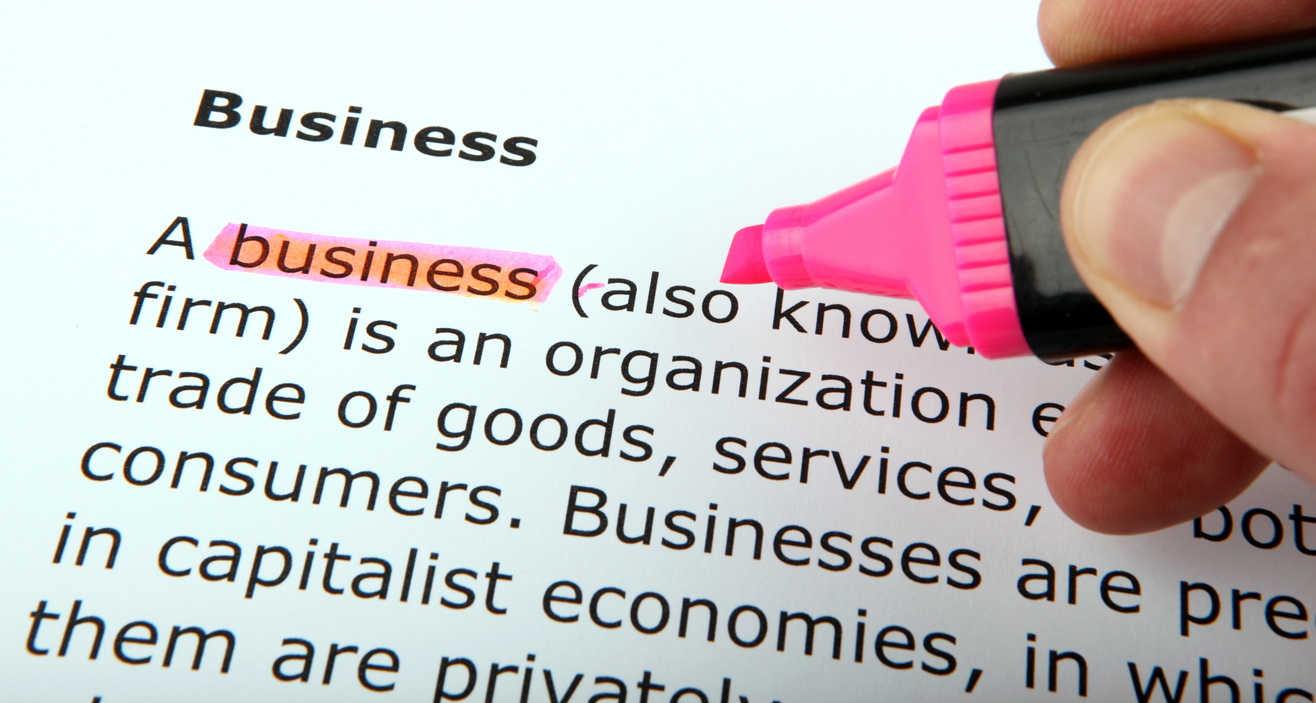While translation outsourcers acknowledge that legal translations require expertise, they generally have no process in place to acquire it. Due to the immense administrative costs in managing vendors who in turn operate as temp agencies, and shareholder pressure to maximize profit margins, the markups on Chinese legal translations has reached astronomical heights. A translation completed at $.01 per word will be resold at $.30 per word. If the markup were just 50%, the translator going 300 words/hour (typical for Chinese), would be making about $60 an hour. That’s what you can get Chinese-speaking contract attorneys for, or a skilled linguist on-site at your law firm. But with markups of 30x over the original, less-skilled translators targeting $20/hour will be staffed and in order to hit their hourly expectation, those translators have to ramp their speed up to 2,000 words/hour. They do that by trading your documents to machine translation companies in China using legal industry customization, for the machine translated version, then checking to see where the engine broke down so egregiously enough to attract attention. Project managers at outsourcers in New York I talked to express a kind of fantasy that people were actually working for $3-4/hour and marked up to $90 hour but based on my own surveys and studies of translators in China, this is absolute fantasy; the translators are making much more than that. The actual end result is that these translations are being faked, the translators are actually making about $25/hour and marked up to paying $800 for each hour of work done by ostensibly junior-level translators.
Sometimes the translation fraud is extremely public. For example, I checked websites for the five largest law firms on the NLJ list and found two whose Chinese webpages were translated incompetently or negligently, including untranslated text all over the website’s front page. You might be advised to check the firm’s Chinese-language website to see how effectively it has been translated. If you see a site full of English text, this should raise serious doubts about the attorney’s ability to handle international matters because it means a translation company translated the website and didn’t even complete half the job, and nobody at the law firm bothered to check. After all, a rational person could reasonably conclude that if a law firm isn’t even doing very basic supervision on its own website, then they are in routine violation of their ethical obligation to supervise the work of their non-attorney linguist staff. (see ABA Rule 6.3) Looking at the list of largest law firms, one can see that only a minority of firms have proven to the public that they can adequately perform even minimal supervision of their Chinese translators.
In my own experience in the New York big law firm world, I sometimes saw big law firms getting their clients to pay $30,000 to translate book-length reports, but the resulting translation in the end was simply discarded by an associate who could not understand it. I sat in conference rooms with attorneys from investment banks as they struggled over bizarre invented English phrases never before uttered in the Western World–pure inventions of a machine translation. Many of these firms were the ones who couldn’t translate a website into Chinese. Even if these lawyers did very well at Harvard, they were not prepared to serve businesses on client matters involving Chinese translation because they couldn’t grasp the concept that a translation must be reviewed by someone certified for that translation task, before it can be considered adequately “supervised.”
If a big law firm were akin to a hospital, then the Chinese translation division would be staffed entirely by residents who never attended medical school and are completely unsupervised by real physicians, much less one board certified for that specialty. China does, in fact, have “barefoot doctors” doing just that, but such medical malpractice is unacceptable in our country. Likewise, such legal malpractice should also be unacceptable.
Minimum Acceptable Quality Levels
Since outsourcers work on a supplier/vendor management model, their operational principles are not drawn from professional services, but from manufacturing and supply chain management. When they buy translations, their thought process is no different from that of an importer who buys from suppliers in China. What happens when a customer has little concept of minimum acceptable quality limits and allows the vendor to make all quality inspections? In the past, this led to Western companies buying poisoned infant formula, teddy bears covered with toxic residues, and candy with embedded razor blades. Suppliers outsource to each other with the result that eventually, a supplier purchases the cheapest components that can give the appearance of an adequate product. The same thing happens with translations.
Since the product is delivered mostly by e-mail, a Chinese-to-English translation will often be outsourced repeatedly with each outsourcer taking a bit of the margin. One project I traced traveled as follows. The project was sent by an outsourcer to a big Chinese translation company in Beijing who takes a 50% cut of the project (they get 15 out of the original 30 cents); they send it to a company in Wuhan who takes another half (they get 8 out of the original 30 cents); the project manager thinks Indians have better English, so they send it to a project manager in India promising the “best” translators (who gets 4 cents). The Indian company also writes in semi-broken English but fools the Chinese company by using a fake British name and LinkedIn profile.
The Indian company sends it to a Chinese translator from India for 2 cents, who then gives it to a college student whose full name conveniently turns up in the “last edited by” field for 1 cent, and that college student sells the document to a local machine translation company to automatically turn the text into English and only then makes some changes to the document to ensure it is minimally comprehensible. Six sets of invoices go out for the exact same documents, a Chinese tech company now owns your confidential company secrets, and the document hardly even makes sense. Lawyers often tolerate this because they feel like they are hiring from a large, prestigious company that did reasonably well with European languages, when in fact the essence of the Chinese translation operation is little more than a shell company.
What is going on in the minds of the people producing the translation? By the time that the translation reaches a temp agency level, the price offered for the translation will be quite low. However, the same people working at a company somewhere would make some $30/hour, as after all they speak very good English. Thus, their first goal is to determine the minimum acceptable quality level for their client and accelerate production to the fastest level within that AQL band. Translation vendors accept this for many languages, but in particular Chinese because clients are generally not going to send a qualified person to inspect the translation quality. An internal employee may look at it, but they will generally be untrained in translation. The disastrous quality level widely accepted for Chinese translations you can find all over the internet standards as a testament to this. Generally, translations with over 40% of sentences containing a major error are considered to have an acceptable quality level.
In conclusion, a large translation company may be well-equipped to handle localization of websites to launch in every country in Europe, but at the same time struggle with highly technical corporate documents written in Chinese. Nonetheless, clients demand and expect such outsourcers to be qualified to work with Chinese, even when they are patently incompetent.

